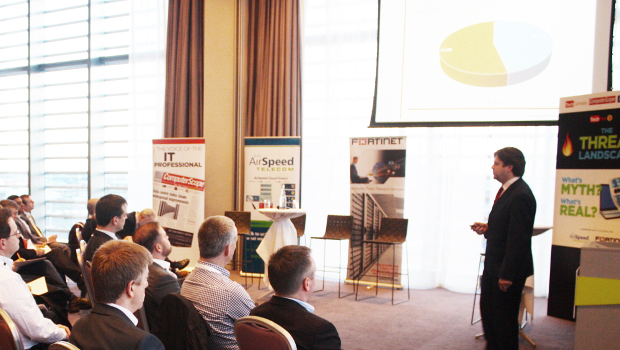The pace of development in cloud computing is frenetic to say the least. But one thing that seems certain in the near future is that most users of cloud computing will be doing so in a hybrid fashion, leveraging both private and public cloud infrastructure.
To allow organisations to efficiently manage the optimal mix of such services and infrastructure requires a set of tools that some vendors predict will be highly automated. These tools will allow ‘one click’ type deployments of new applications, services and infrastructure blocks.
This is supported by Gartner research which predicts that half of enterprises will be using hybrid cloud solutions by 2017 (Gartner 2013). However, Thomas Bittman, vice president and analyst, Gartner, argues that it is agility that is the key driver to private cloud computing. Therefore, IT needs to understand where agility can make a difference in current services, understand what new services would be useful if provided with agility, and work closely with IT’s customers to make those determinations. By harnessing this agility, delivered through efficient private cloud infrastructures, enterprises can begin to blend services and capabilities from public cloud to achieve the best of hybrid solutions.
“Virtualisation reduces capital expenses, and standards and automation reduce operational expenses,” said Thomas Bittman, vice president and distinguished analyst at Gartner. “However, taking the next step of adding usage metrics, self-service offerings and automated provisioning requires investment in technologies without a significant reduction in operational cost. With this in mind, the driving factor for going that next step should primarily be agility.”
With so many elements to be brought together, from so many different sources, open standards are vital to ensure seamless integration, efficient management and complete interoperability. A key vendor in the space is HP, which according to Stackalytics.com, has just become the largest contributor to the OpenStack initiative.
OpenStack is the open-source software cloud platform, released under the terms of the Apache License.
This level of contribution has seen HP overtake Red Hat, demonstrating that all sides of the industry are focused on ensuring interoperability for the end user.
Another initiative has also received high levels of support, again underlining the focus on openness. The Open Cloud Computing Interface (OCCI) is a set of specifications developed by the Open Grid Forum, for cloud service providers.
The aim of OCCI is to develop an open specification and API for cloud services.
With the groundswell of adoption, as predicted by Gartner and other analysts, combined with the focus on openness — perhaps once and for all banishing the spectre of vendor lock-in — are we about to see a golden age for enterprise IT achieving the vision of IT as a Service, delivered through easy to use, automated interfaces?
TechFire XI, in association with PFH and HP, on Thursday 2 October at 08:00, will examine these possibilities for the next wave of cloud computing. The event will explore how automation will allow complete control, increased security and effortless agility.
See www.techfire.ie for more information on speakers and registration for this free event.
TechCentral Reporters







Subscribers 0
Fans 0
Followers 0
Followers